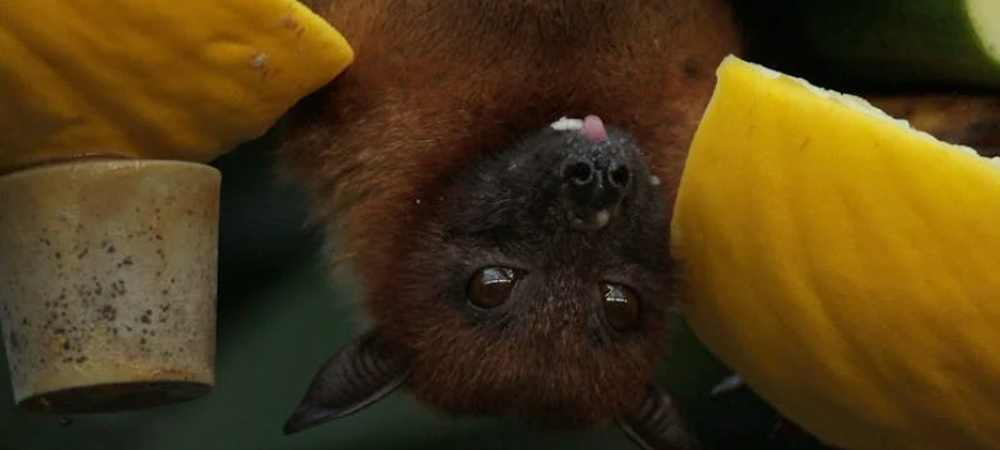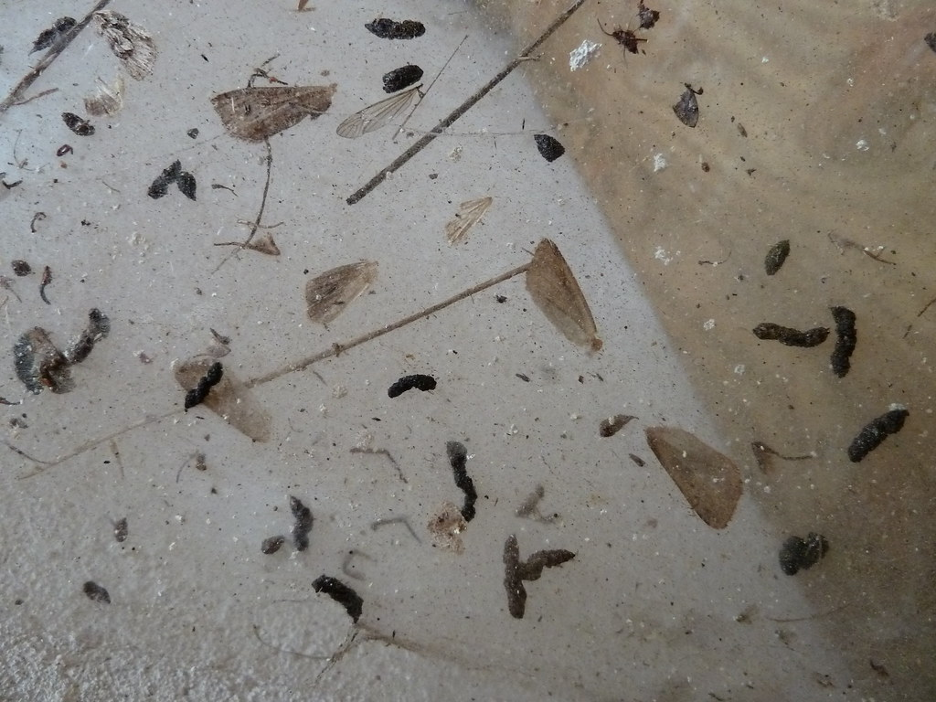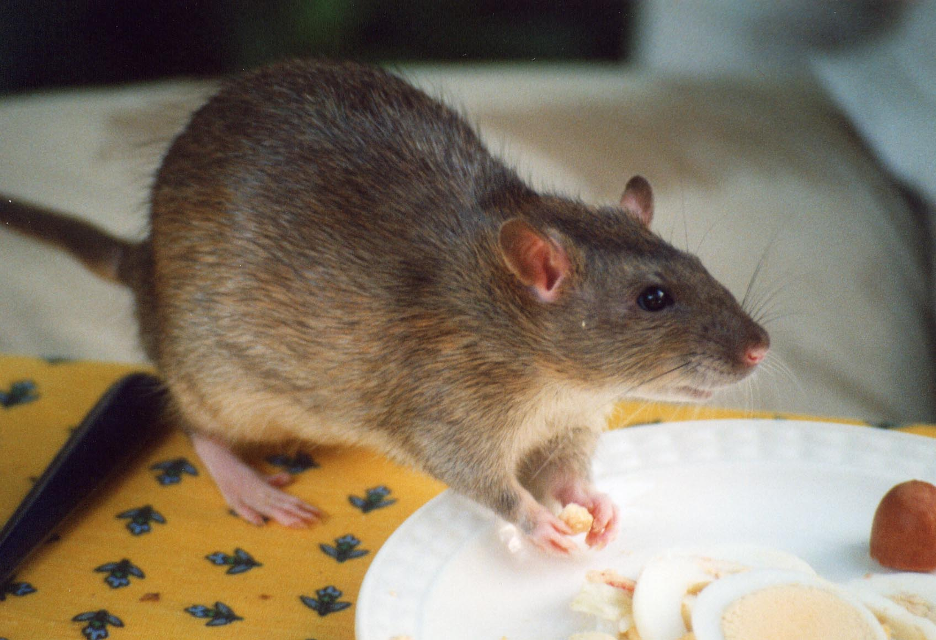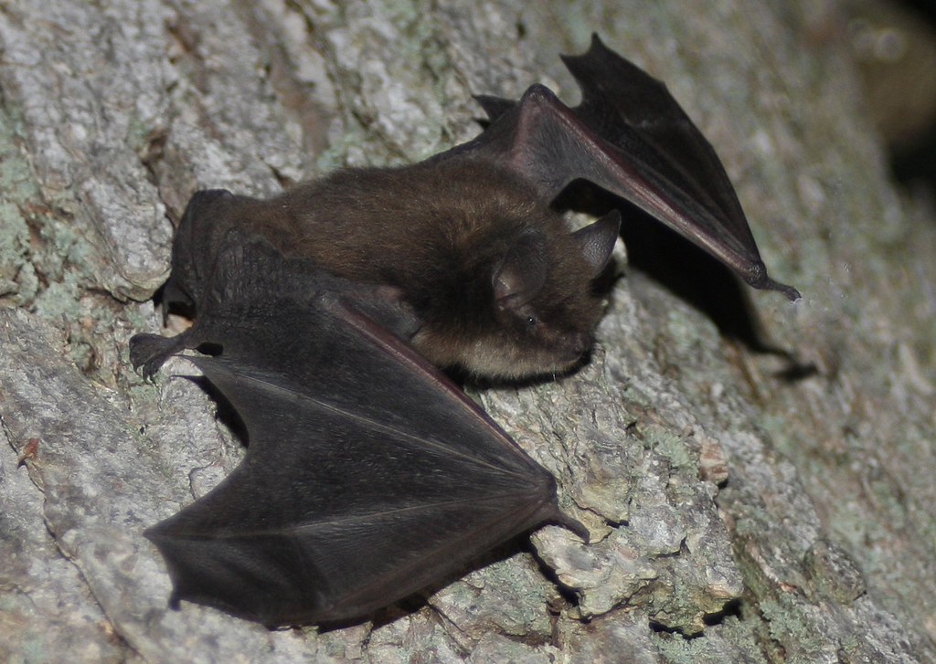Bat Droppings vs. Rat Droppings: How to Spot the Differences

It’s a crisp fall morning in Washington DC, and as you venture into your attic to grab some Halloween decorations, you notice something unsettling on the floorboards – small droppings scattered across the space. That’s scarier than the decorations you were planning to put up, to say the least.
Could they be bat droppings or rat droppings? The answer matters more than you think, as both pose significant health risks and could indicate a larger pest issue in your home.
At Senate Termite and Pest Control, we specialize in helping homeowners across Maryland, Virginia, and Washington DC identify and safely resolve pest problems.
Read on to learn the key differences between bat droppings vs. rat droppings, the dangers they pose, and why professional handling in either case is absolutely crucial.
Bat Droppings vs. Rat Droppings: Spot the Differences

Bat droppings, also known as guano, can be found in attics, under eaves, or other areas where bats roost. They’re typically:
-
Small and dark brown
- Crumbly when touched (though we strongly advise against touching them!)
- Found in piles or clusters
-
Often accompanied by stains or streaks on walls caused by bat oils
Bats roost in confined spaces, so you may also notice a strong ammonia-like odor. This is caused by the high nitrogen content in guano.
Rat droppings, on the other hand, are slightly different in shape and distribution:
-
Larger than bat droppings, averaging around ½ inch long
- Cylindrical with pointed ends
-
Found scattered instead of grouped, especially around food storage or baseboards
Rats are also infamous for leaving chew marks on wires and wood, which might be your first clue of an infestation.
The Risks of Dealing with Rat or Bat Droppings

Both bat droppings and rat droppings aren’t just unpleasant to find; they can also be hazardous to your health.
For bat droppings, you have to worry about diseases like histoplasmosis. Bat guano can harbor a fungus that, when airborne, causes this respiratory disease. The most common symptoms include fever, fatigue, and coughing.
Bats also carry ectoparasites like mites, which can spread to other areas of your home.
Rat droppings aren’t risk-free, either. Both rat droppings and urine are known carriers of hantavirus, which can cause severe respiratory issues. Not only that, but rats often scavenge for food, leaving droppings in pantries and contaminating stored goods.
Why You Shouldn’t Handle Droppings Yourself

We know it’s tempting to grab a broom or vacuum and clean up droppings yourself, but this can do more harm than good.
Disturbing bat or rodent droppings can cause harmful particles to become airborne, putting you at risk of inhaling dangerous pathogens.
A professional team like ours at Senate Termite and Pest Control has the tools and expertise to:
-
Safely remove and dispose of droppings
- Decontaminate and sanitize affected areas
- Conduct an inspection to identify entry points
-
Develop a tailored plan to prevent future infestations
Did You Know?
Bats are a federally protected species, meaning certain laws regulate how and when they can be removed (yet another reason why you shouldn’t DIY your approach). Don’t worry. At Senate Termite and Pest Control, we work within these guidelines to ensure humane removal while keeping your home safe.
How to Prevent Bat and Rodent Infestations
The best way to avoid dealing with droppings altogether is through proper pest prevention. Take these steps:
-
Seal Entry Points:For bats, check for small gaps near vents, eaves, and rooflines.For rats, seal cracks and cover larger gaps with wire mesh.
- Store Food Properly: Keep pantry items in airtight containers.
- Install Screens: Use mesh screens on chimneys and vents to keep bats out.
-
Trim Trees: Rats often use branches as a bridge to your home, so keep trees and shrubs trimmed.
Most importantly, schedule regular inspections. Prevention will always be far easier (and less expensive) than dealing with an active infestation.
Why Choose Senate Termite and Pest Control?
For more than 30 years, we’ve been providing Washington DC, Maryland, and Virginia residents with reliable pest control services. Locally owned and operated. We understand the unique pest challenges in the DMV region.
Don’t wait until a small pest problem turns into a big one. Whether you’ve spotted bat droppings, rat droppings, or both, we’re here to help. Book your inspection now.
FAQ
How can I determine whether droppings are fresh?
Fresh droppings are typically soft and shiny. Old droppings turn dry and crumbly over time.
Can I get sick from touching droppings?
Yes, both bat and rat droppings can carry harmful bacteria, fungi, and viruses. Never handle droppings without proper protective gear.
Does Senate Termite and Pest Control serve my area?
We proudly serve all of Washington DC, Maryland, and Virginia, including cities like Bethesda, Alexandria, and Silver Spring.

